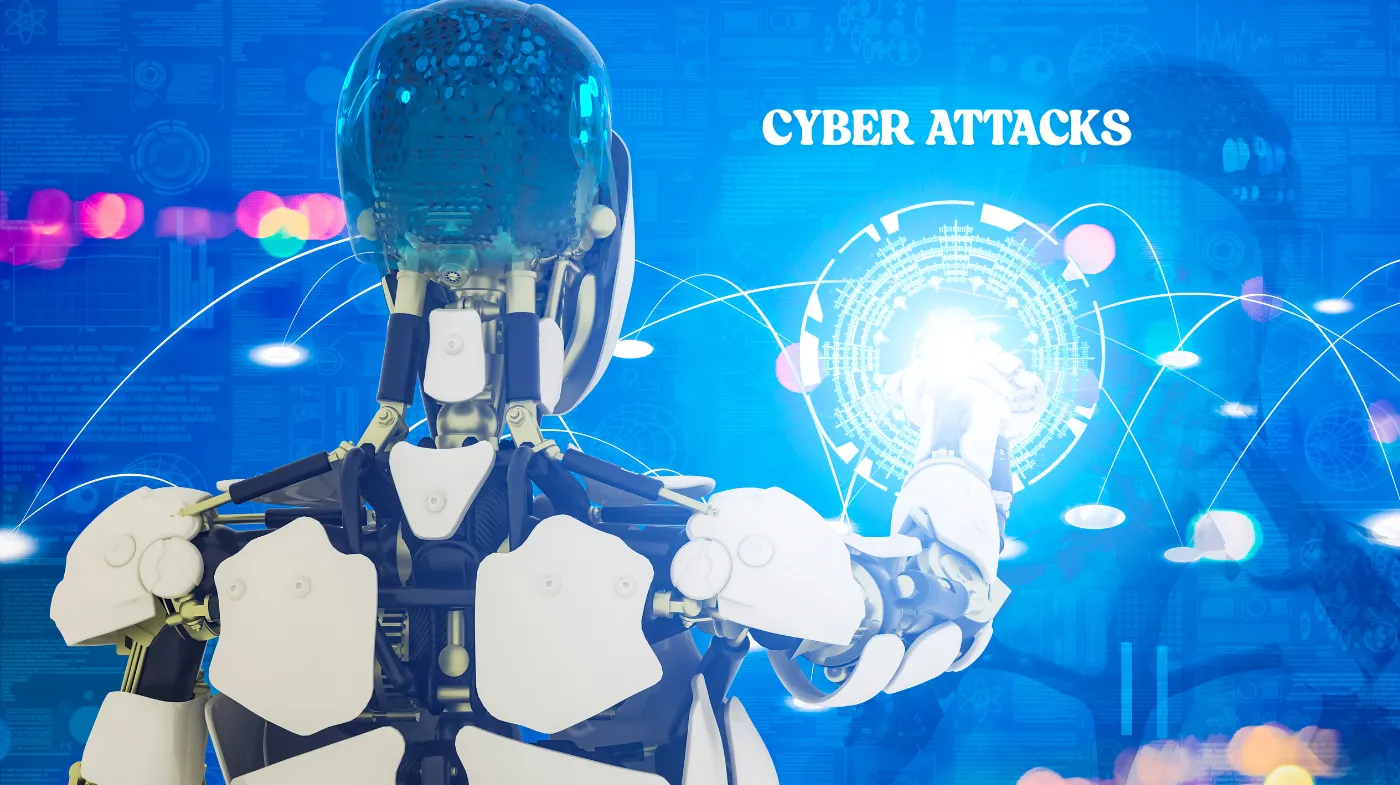
Strong password generators are essential tools in your cybersecurity arsenal, especially against AI-powered hacking attempts. By creating passwords that are lengthy and complex, they greatly lower the risk of unauthorized access.
However, understanding how these generators function and their effectiveness against various attack vectors is critical. What other strategies can you employ to enhance your defenses against the evolving landscape of cyber threats?
Are Strong Password Generators Prevent AI-Powered Hacking Attempts?
As cyberattacks increasingly leverage AI to crack weak passwords, utilizing strong password generators becomes essential for safeguarding your online accounts. These generators create passwords that are long, complex, and have unique critical attributes in the fight against AI-powered hacking attempts.
Passwords exceeding 15 characters, especially those generated by reputable password managers, dramatically enhance your security. They’re designed to resist brute-force and dictionary attacks, even those enhanced by AI.
By combining random characters (case-wise), numbers, and symbols, these passwords become exceedingly difficult to predict or crack.
Common Types of AI-Powered Cyber Attacks
As you explore the landscape of cyber threats, you’ll encounter various AI-powered attack vectors that pose significant risks, such as:
1. Social Engineering Attacks
While traditional social engineering attacks have relied on human deception, the rise of AI has transformed these tactics into more sophisticated threats. AI-generated emails, for instance, can convincingly persuade you to divulge sensitive information.
By developing and adopting specific personas, attackers create realistic scenarios that exploit your trust. These AI systems analyze data patterns, tailoring messages to your preferences and behaviors, making it harder for you to identify potential scams.
To safeguard against these advanced social engineering tactics, employing strong password generators is essential. They help you create unique, complex passwords that reduce the likelihood of unauthorized access, protecting your sensitive information from AI-driven breaches.
2. Deepfakes
The rise of AI technology has paved the way for a new wave of cyber threats, with deepfakes emerging as one of the most concerning.
Attackers exploit deepfake technology to create hyper-realistic video footage and voice recordings, often targeting high-profile individuals or organizations. This manipulation can facilitate fraud, misinformation, and even identity theft.
By mimicking voices or actions, attackers can issue unauthorized instructions, leading to significant operational disruptions. The potential for deepfakes to deceive the public and compromise sensitive information makes them a powerful tool in the hands of cybercriminals.
3. AI Malware and Web Scraping Bots
With AI technology evolving rapidly, cybercriminals have developed increasingly sophisticated methods for executing attacks, particularly through AI malware and web scraping bots. These tools exploit AI’s ability to evade detection software, autonomously identifying new vulnerabilities in systems.
Web scraping bots can extract vast amounts of sensitive data from websites by mimicking human browsing patterns, which allows them to bypass security measures. By modulating their timing to avoid triggering alarms, these bots can operate undetected for extended periods.
This capability poses significant risks to individuals and organizations alike, as compromised data can lead to identity theft and financial loss. Understanding these threats is essential in developing robust defenses, including online strong password generators that enhance security against such AI-powered attacks.
Best Practices to Prevent AI-Powered Cyber Attacks with Strong Password Generators

To effectively prevent AI-powered cyber attacks, you must implement robust security measures. Start by:
1. Use Strong Passwords
As cyber threats evolve, ensuring your online security hinges on the use of strong passwords. You should aim for passwords exceeding 15 characters, incorporating a mix of uppercase letters, lowercase letters, numbers, and special symbols.
This complexity markedly enhances resistance against AI-powered hacking attempts, which can rapidly test countless combinations. Relying on a password manager can streamline this process, allowing you to generate and store unique, strong passwords for each account.
Avoid using easily guessable information, like birthdays or common words. Regularly updating your passwords also helps mitigate risks. By implementing these best practices, you fortify your defenses against increasingly sophisticated cyber threats.
2. Turn on Multi-Factor Authentication
Relying solely on strong passwords isn’t enough to safeguard your accounts against sophisticated cyber threats. To enhance your security, you should enable multi-factor authentication (MFA). This adds an extra layer of protection by requiring more than just your password to access your accounts.
With MFA, you can toggle between different forms of verification, like biometrics, authenticator apps, or one-time passwords, making it considerably harder for AI-driven hacking attempts to succeed.
3. Make Your Device Extra Secure
To bolster your security, always use a VPN when connecting to public networks. This encrypts your data, making it harder for malicious actors to intercept your information.
Additionally, avoid storing sensitive data on your mobile device, as mobile vulnerabilities can be exploited. Be prudent with your personal information; don’t share it on social media, and try not to disclose your phone number online.
These precautions limit the data available to cybercriminals. By combining strong password generation with these best practices, you create a multi-layered defense system that greatly enhances your device’s security against sophisticated AI threats.
4. Update and Patch Often
To effectively safeguard your device against AI-powered cyber attacks, you must update and patch your systems regularly. Keeping your network systems current mitigates vulnerabilities that cybercriminals exploit. Every software update often includes vital patches that fix bugs and strengthen defenses.
Moreover, outdated software can create a cascade of security weaknesses, as unpatched vulnerabilities can be easily targeted by AI tools designed for rapid exploitation. Regularly updating your systems not only enhances security but also guarantees peak performance.
What is the strongest prevention against cyber threats?
The strongest prevention lies in a multi-layered security approach. Start by creating data backups and encrypting sensitive information to guarantee data integrity. Regularly update all security systems and software to defend against vulnerabilities.
Conduct employee cybersecurity training to reinforce awareness and best practices. Implement strong, complex passwords and consider using password generators to enhance security.
Installing firewalls helps filter unauthorized access while reducing your attack surfaces and minimizes potential entry points for attackers. By integrating these strategies, you create a robust defense that not only protects sensitive data but also fortifies your organization against evolving cyber threats.
Safeguard Your Data from Today’s Digital Threats
In conclusion, strong password generators serve as a steadfast shield against sophisticated AI-powered hacking attempts. By crafting complex combinations of characters, you fortify your defenses and diminish the dangers posed by digital delinquents.
Prioritizing password strength not only protects personal information but also promotes a proactive approach to cybersecurity. Embracing effective encryption guarantees you stay one step ahead, safeguarding sensitive data from the relentless reach of ruthless attackers in today’s technology-driven terrain.
